hubei snacks
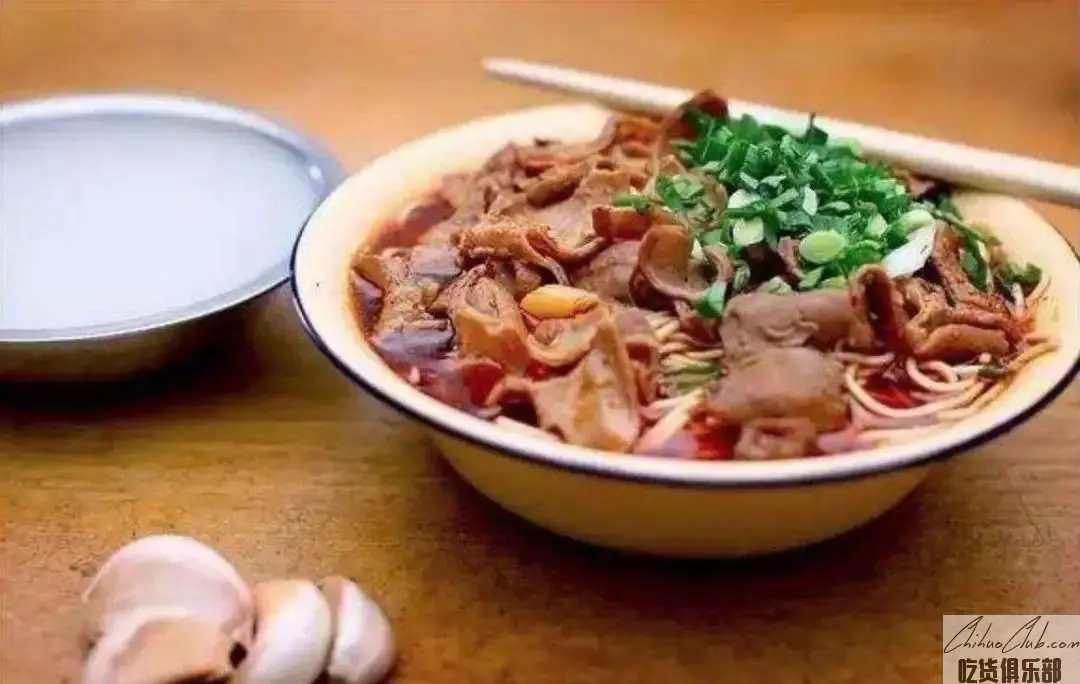
Xiangyang specialty beef noodles, beef noodles, and noodle noodles are the favorite breakfasts of Xiangyang people. It is characterized by this spicy two-grain three fresh, delicious taste, long aftertaste, long-term food. If many people in Fuyang don't eat buttery noodles for three or two days, they feel that they are tasteless and their appetite is greatly reduced.
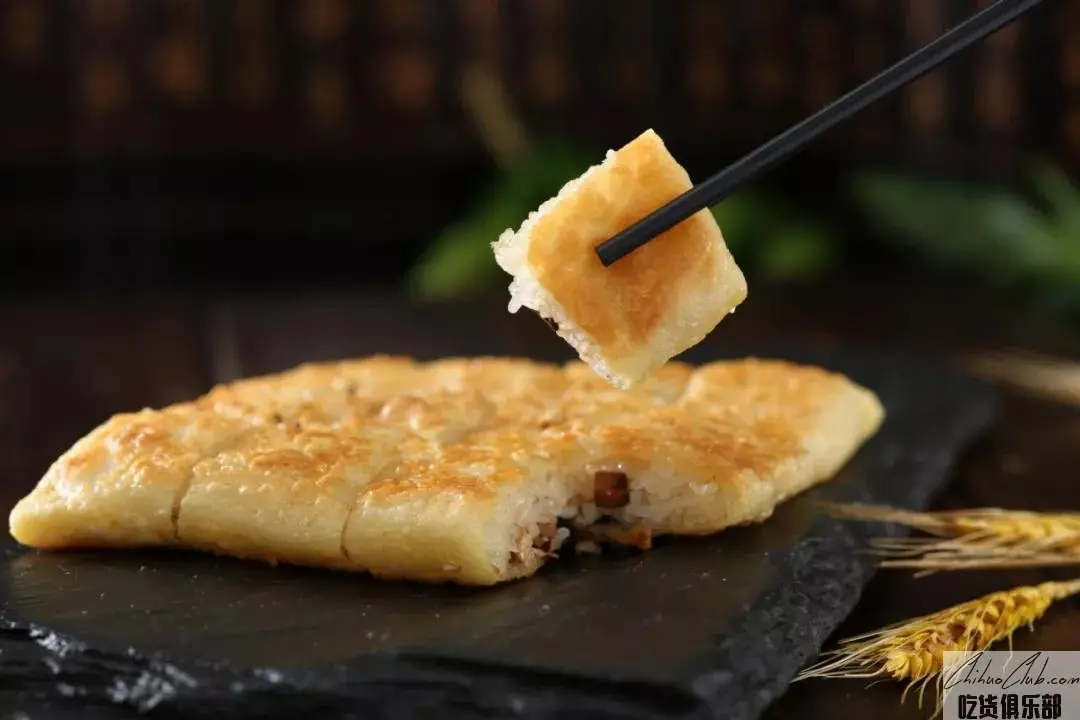
Three fresh bean skin is one of the main foods of Wuhan people in Hubei, and it is also one of the local traditional snacks with unique characteristics. The three fresh bean skins are made up of glutinous rice and bean skin. They are named after the meat, fresh eggs, fresh shrimps (or fresh meat, fresh mushrooms and fresh bamboo shoots). This "three fresh bean skin" is definitely not inferior to "hamburger" and "pizza". The "bean" of the bean skin must be shelled mung bean; the "skin" of the bean skin must be refined rice pulp; the stuffing of the bean skin must be the rice produced in Hunan; the three fresh beans must be fresh meat, fresh eggs, and fresh shrimp. There is also a saying that there must be fresh meat, fresh mushrooms and fresh bamboo shoots; the shape of the bean skin must be square and thin; the color of the bean skin must be gold and yellow; the taste of the bean skin must be fragrant and drunk.
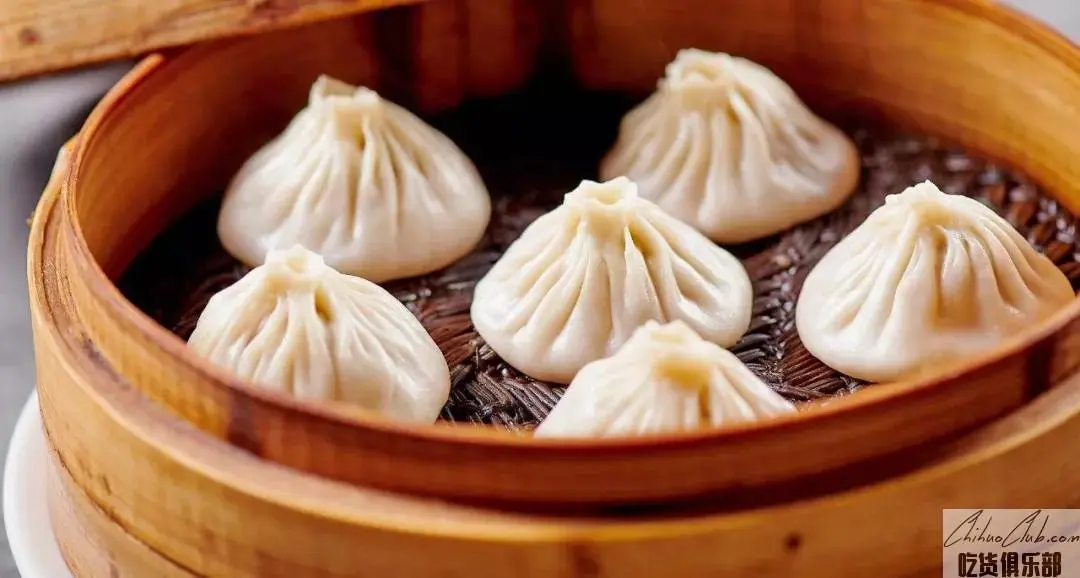
The Four Seasons Soup Bag in Wuhan is continuously improved based on the traditional practice of the Soviet style soup bag. This soup bag has the characteristics of Wuhan flavor, such as thin skin, soup, stuffing and fresh taste. There are new varieties such as shrimp soup bag, mushroom soup bag, crab yellow soup bag, chicken broth soup bag and assorted soup bag. unique. Experienced diners can eat by gently biting the skin of the soup bag, slowly absorbing the soup inside, and then eating the dough and meat stuffing of the soup bag. Only in this way can you truly appreciate the unique taste of Xiaolong Tangbao.
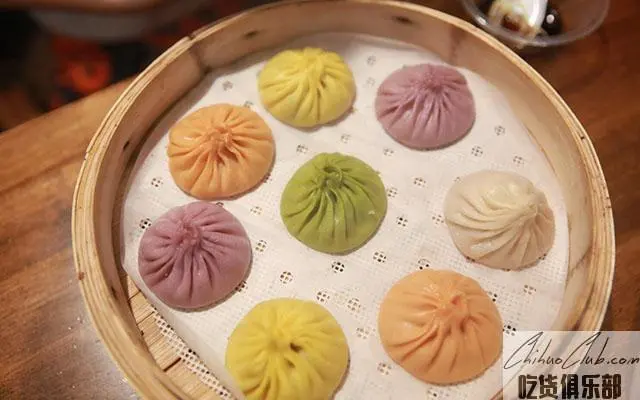
A good soup bag, not only has a good taste, but also has a high value. The colorful and colorful soup bags are typical, not only colorful, but also beautifully pleated. The colorful soup bag is made of purple, potato, papaya, spinach and pumpkin. It is red, purple, green, yellow and orange.
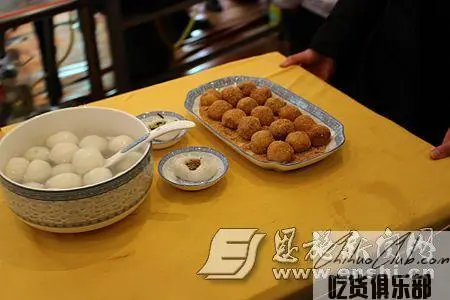
"Qian Tang Yuan" is well known in Icheon, and has a history of 100 years. Since 1914, Qian Mingyi’s great-grandfather cooked dumplings along the street in Lichuan. His dumplings are not rotten, not stuffing, no soup, nourishing sweet, smooth and soft, and gradually formed a good market in Lichuan’s snack market. Consumer word of mouth. Because local residents eat rice dumplings, there is a habit of encapsulating copper coins or coins as auspicious stuffings into the dumplings (meaning “Golden Jade Manchu”), and the operator’s surname is money and is affectionately called “Qian Tang Yuan”.
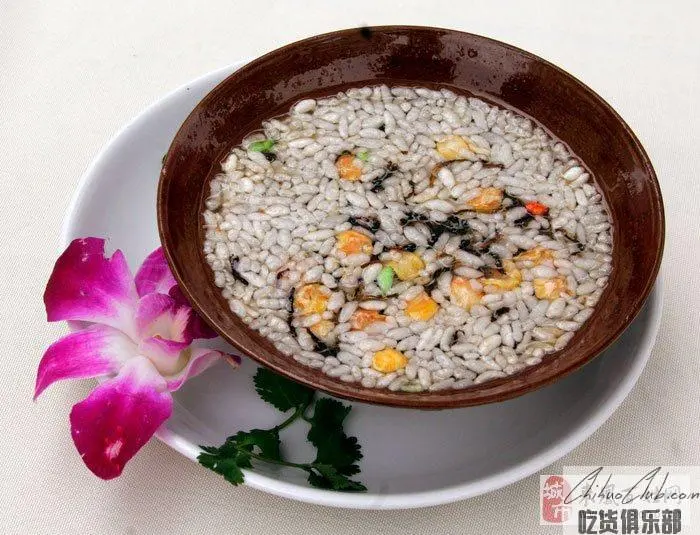
Camellia soup, commonly known as “tea soup”, is one of the most representative food cultures of the Tujia people in the border areas of Hubei, Hunan and Guizhou. Its production method is a traditional handicraft technique, and it is a traditional cultural expression closely related to people's diet and life. Laifeng oil tea soup is not only very elaborate, but also can warm the body in winter, cool off in summer, refreshing and refreshing, and hunger and hangover. It is a traditional snack that Tujia people love very much. In Laifeng County, where the Tujia culture is strong, drinking oil tea soup has a long history of customs. It is quite popular among Tujia people. There is a saying that “Don’t drink oil tea soup, and it is powerless to panic”, Tujia’s oil tea soup and Mongolian milk tea, Tibetan The butter tea is also called the three traditional teas.
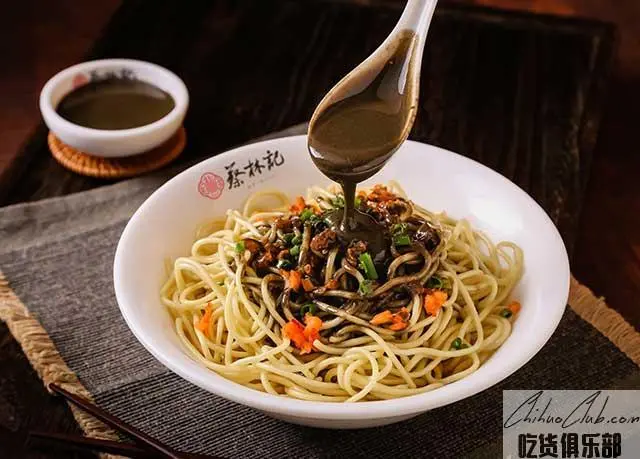
The "Cai Lin Ji" font was originally created in 1928. After several generations of Cai Linji's entrepreneurial struggle, Cai Linji has developed from a single noodle restaurant to a catering brand enterprise that produces diversified specialty snack products, and has become a well-known century-old snack brand in Wuhan and Jingchu. Cai Linji hot dry noodles, smooth and smooth, color and oily, fragrant and delicious, not eaten and nostalgic, attractive appetite; food is full of fragrance, endless aftertaste. Cai Linji's hot dry noodles have been praised by the general public and have always enjoyed the reputation of “Chinese famous snacks” and have been rated as “China Top Ten Noodles”.
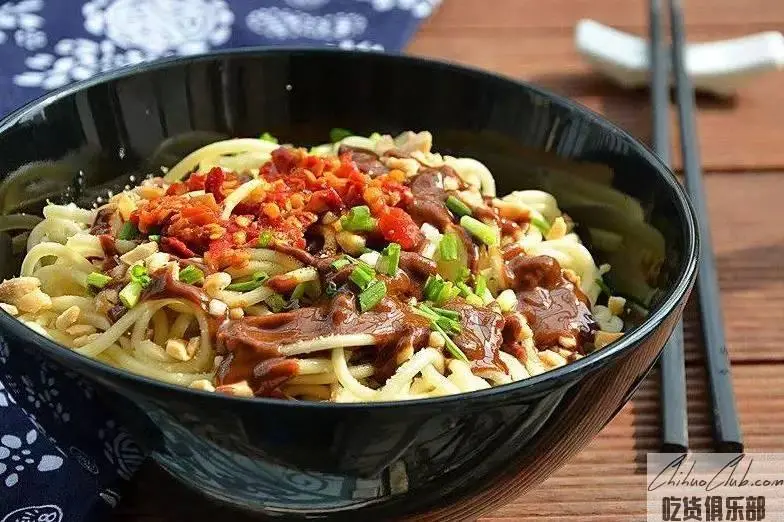
Hot dry noodles is one of the top ten noodles in China. It is one of the most famous snacks in Wuhan, Hubei. There are many ways to do it. Oil, salt, sesame sauce, salad oil, sesame oil, chives, garlic, spicy radish, brine, and soy sauce are used as auxiliary materials. Its color is yellow and oily, and it tastes delicious. Because of its high calorie, it can also be used as a staple food, nutritious breakfast, and energy needed to replenish the body.
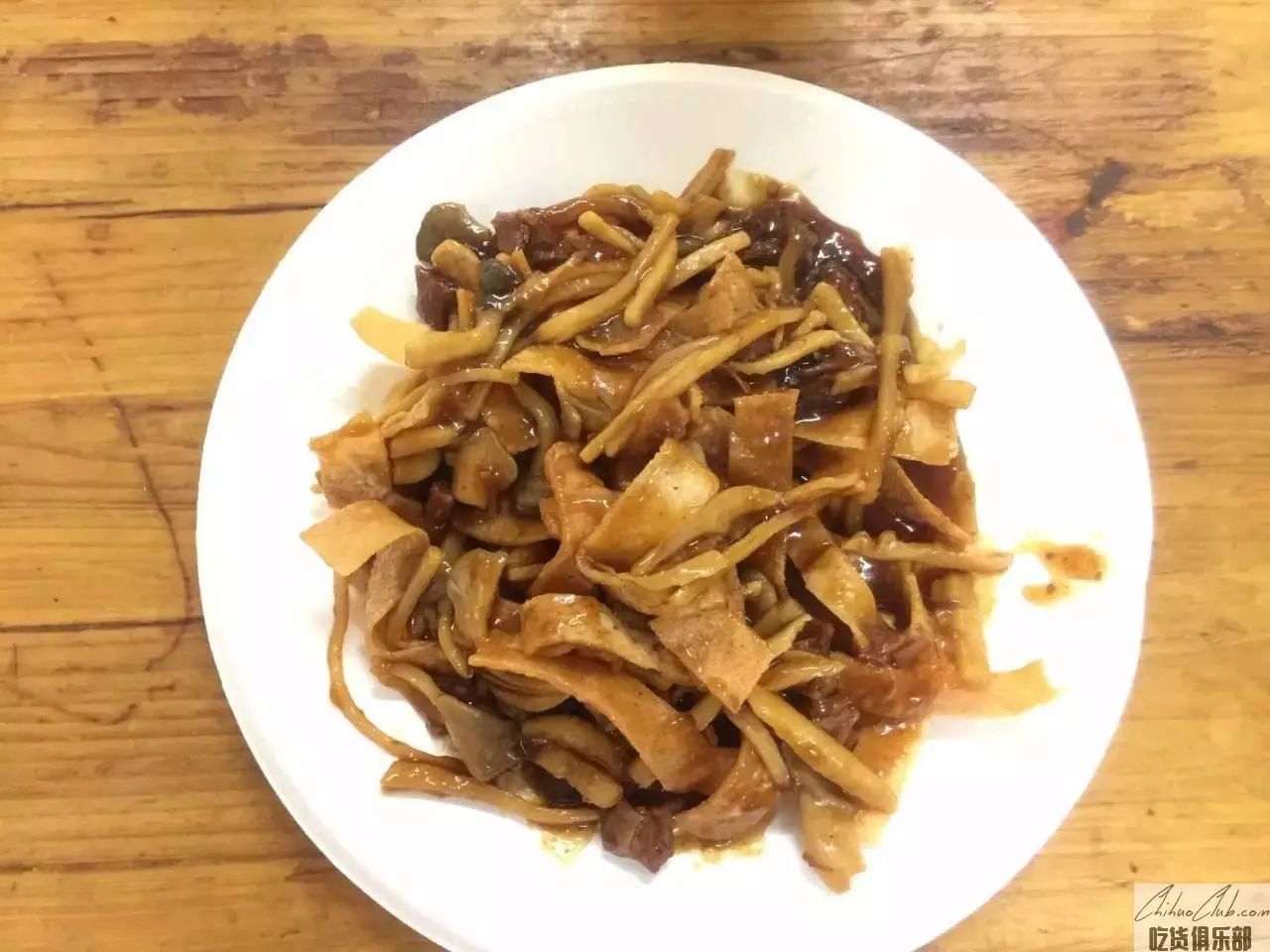
Laoqian traditionally operates fried beef peas. The main raw materials are oxenmeizi meat, wet bean silk, shiitake mushrooms, magnolia tablets, etc., plus seasoning and seasoning, fried with hemp. The beef is smooth and tender, the bean silk is soft and moist, and the taste of beef and bean is mixed together.
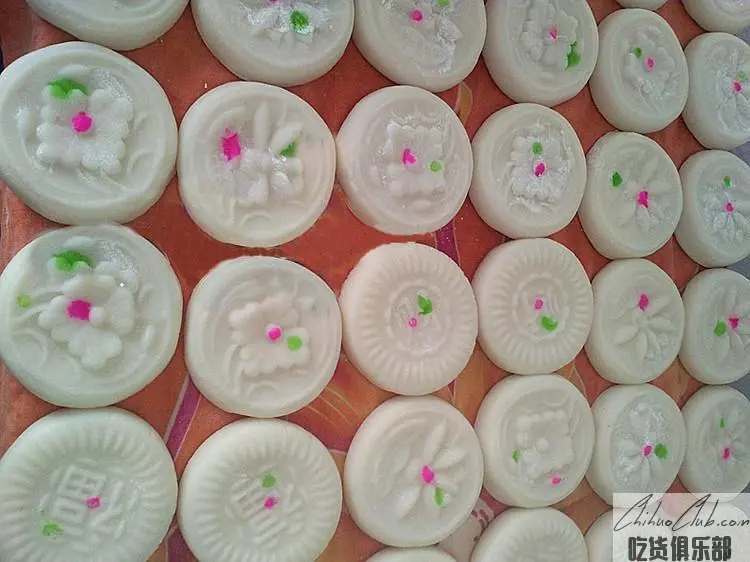
In the city of Yincheng, Yinzi is the offering of the “owner” Bodhisattva in the history of the peasants of Yinzu and Liuren in the town of Daye, and later evolved into a folk culture craft. The color of the city is bright and crystal clear. Fragrant and soft, the entrance is sticky but not greasy. It can be steamed or grilled, and it can be cooked with soup. In the fruit city, eating the enamel is a blessing with the gods, not eating.
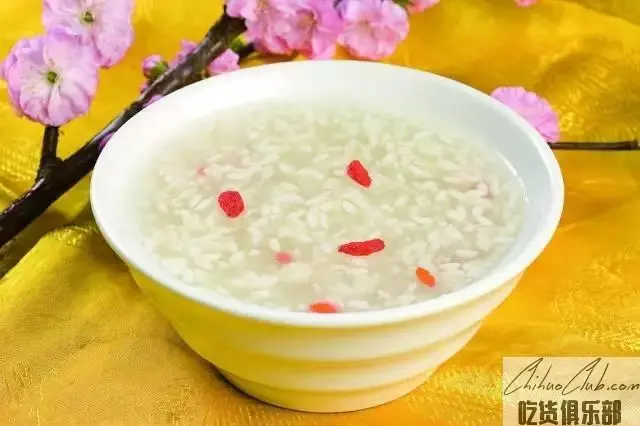
Xiaogan rice wine is made from the high-quality glutinous rice produced by Xiaogan Zhuhu, and is fermented by the honeycomb koji of Xiaogan history. White as jade liquid, fragrant and fragrant, sweet and refreshing, thick and not sturdy, thin and not flowing, after eating, warm stomach, deep aftertaste. It has rich local characteristics, original flavor, green and healthy drinks, and is loved by Hubei people. It is also an indispensable dessert for Hubei people.

The duck neck is also known as the sauce duck neck or the sauce duck neck. It belongs to the sauce food (mainly sauce duck, duck neck, duck sauce, duck neck, sauce duck, sauce duck, sauce duck tongue, sauce beef, The earliest origins of the fish, the sauce board, the sauce board, etc., which originated in the Dongting Lake area of the Qing Dynasty, spread to Sichuan and Hubei through Hunan, and have been popular all over the country in recent years. Sauces are soaked in a variety of spices, and then refined through air drying, baking, etc. The finished product is dark red, with characteristics of fragrant, spicy, sweet, numb, salty, crisp, and so on. It is a wine and food.
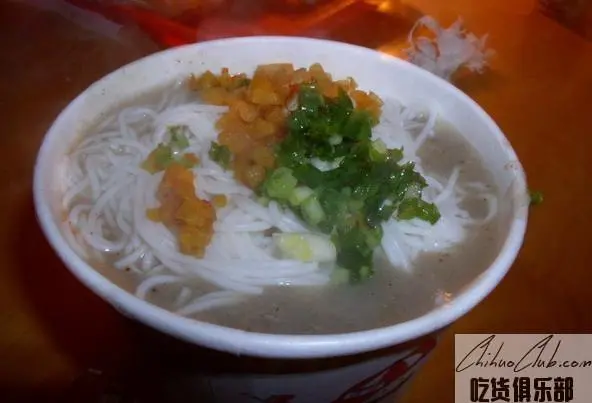
Paste soup powder, the famous Wuhan Han nationality snacks, is a variety of snacks that match the fritters. When selling paste soup powder, it must sell fritters. Known as "Wuhan a must", the fresh fish paste soup powder fritters are classic Chinese taste. It is the mutton foam of Wuhan people, its traditional meaning, historical connotation, no less than the mutton bubble. A bowl of paste soup with a delicious fish scent, the smell of the water town of Zeguo, the land of fish and rice.
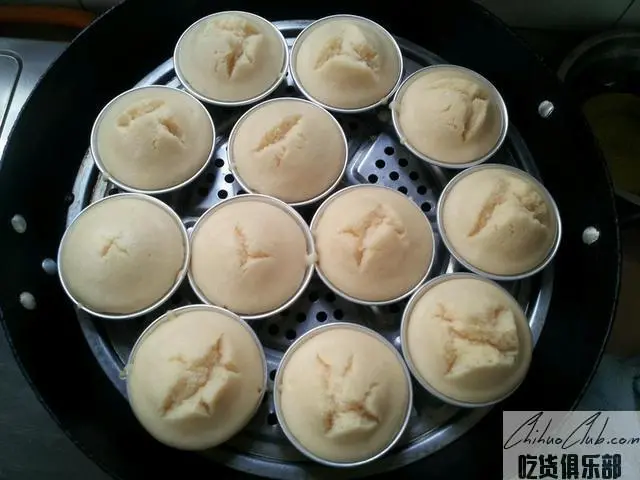
Zhuxi Bowl Cake is a famous Han-style snack in the local area of Zhuxi County, Shiyan City, Hubei Province. It has a long history. According to the reliable data, the Zhuxi Bowl has been around for more than 500 years. Zhuxi bowl cake color snow white, soft texture, sweet and not greasy, not only rich in nutrition, but also the effect of Baogu Jianchang, Shengjinzhike, deeply favored by diners.
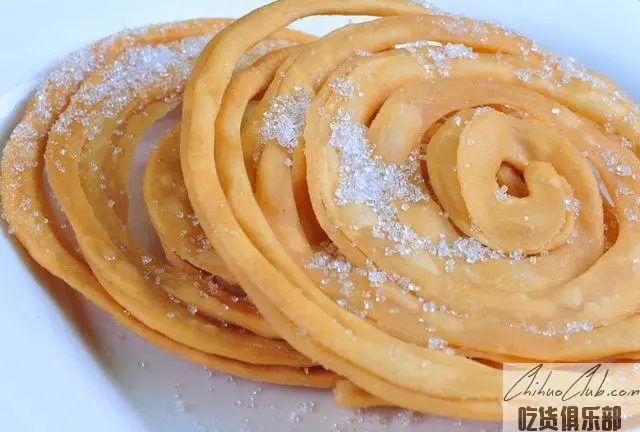
Dongpo Cake is a traditional good point for the VIP visitors to the West Lingshan Temple in Ezhou. The origin of the name of Dongpo cake should start from the tour of Xishan. In the third year of Yuanfeng in the Northern Song Dynasty (1081), the famous Chinese writer Su Shi (Su Dongpo) lived in Huangzhou, and often traveled to Nanshan to visit Xishan, and he was very close to the temple. After the temple uses the Bodhi Springs hydrating noodles to treat Su Dongpo, it feels sweet and crisp, and magpie: "I will come back later, but I am still lucky with this cake!" Since then, the temple and the monks have used "Dongpo" "name.
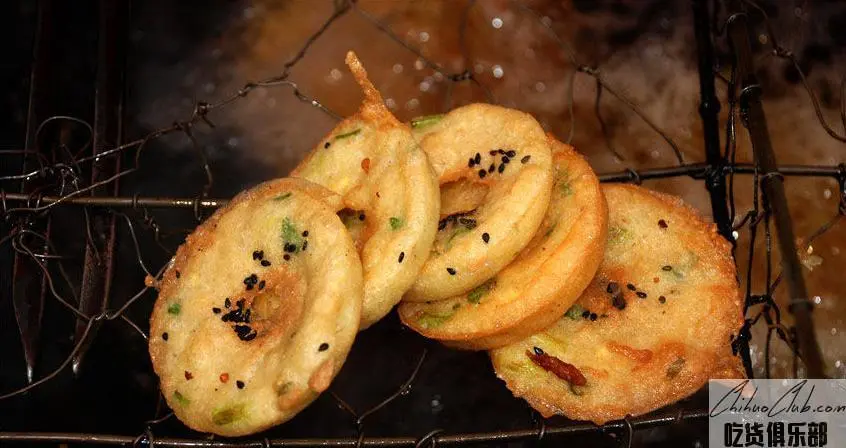
The noodle nest is unique to Wuhan and was founded in the reign of Emperor Guangxu in the Qing Dynasty (AD 1875 - 1909). At that time, there was a sesame cake near the Jijiazui in Hanzheng Street, Hankou. The name was Chang Zhiren. When I saw that the business of selling sesame cake was not good, I tried to create a new early variety. After repeated pondering, he asked the blacksmith to make a dry iron spoon in the wok shape, pour the rice slurry mixed with rice and soybeans, sprinkle with black sesame seeds, put them in a frying pan, and quickly make one. Round rice cake with thick hollow, yellow and crispy. People feel very chic, eating thick and soft, thin and crisp, very tasteful. Chang Zhiren called it a face nest, which has been circulating for more than 100 years and has become a feature of cheap and good quality.
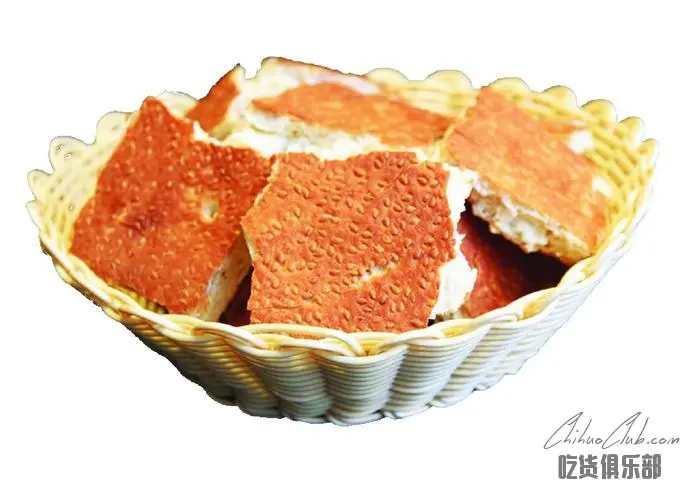
There is a custom in Shiyan. According to legend, there is a Niuwang Temple in the ancient Wudang Mountains. The locals often worship it with fire, meaning that there is a end to the end, and there is a blessing. In Liuliping, many people usually have the habit of making fire.
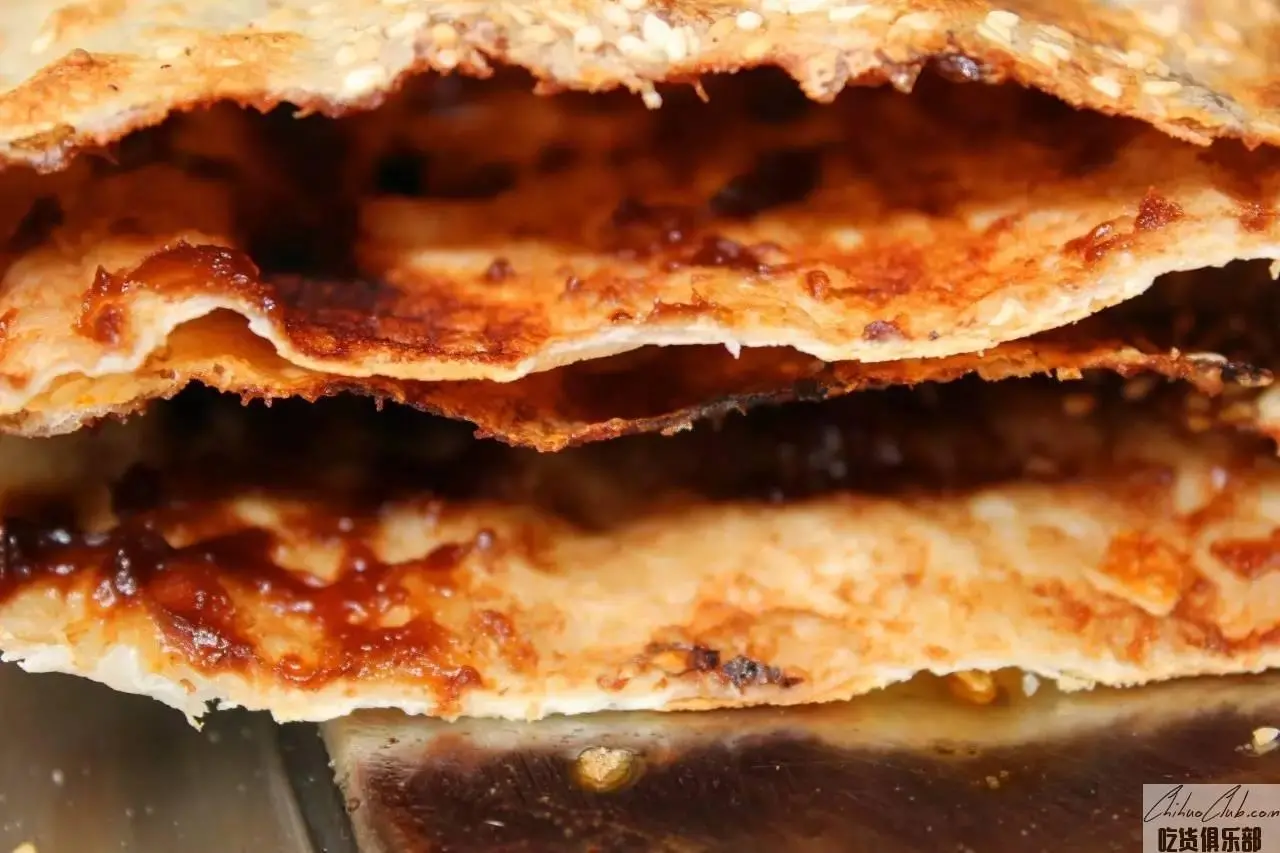
“Orange Pan Kui” is a local snack in Guangshui City (formerly Yingshan County) in Chubei. It has a long history and is famous for its glutinous rice. This snack is golden and shiny, shaped like a domino block, crispy texture, delicious and delicious. The aroma and taste. In the local folk, on holidays, every household must store this traditional food as a gift for hospitality and gifts to relatives and friends.
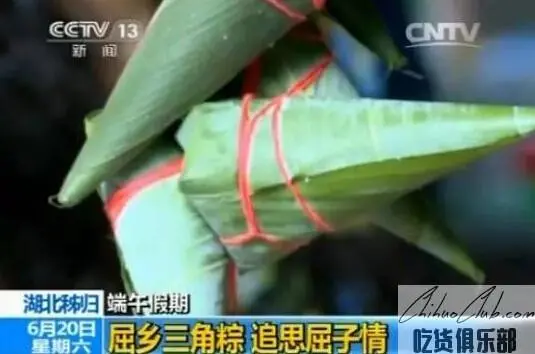
Zigui Zizi is a famous snack in Yigui County, Yichang, also known as Zigui Qingshui. In the hometown of Qu Yuan, Zigui County, the Dragon Boat Festival every year to draw dragon boat, eat scorpion to commemorate Qu Yuan, this custom has been inherited so far, the locals in the production of scorpion, also deliberately put a red date in the scorpion, and sing a chic "Zizi Song": "There are horns and hearts, and the liver is innocent, half-hearted," to commemorate Qu Yuan, who died and died.
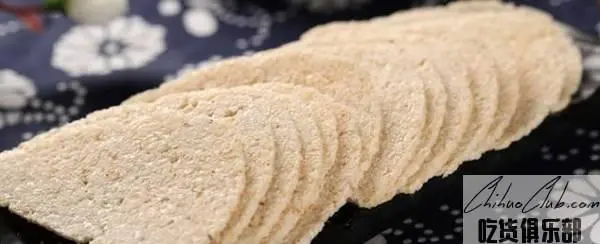
Xiaogan Matang is a famous traditional place in Hubei. The formula is made of refined glutinous rice, high-quality sesame and cotton white sugar, with osmanthus, money orange cake, etc. After 12 process steps and 32 links, Xiaogan's shape is like a comb, white and frosty, and fragrant. Sweet and delicious, unique flavor, rich in nutrients, containing protein, glucose and multivitamins, warm lung, nourishing the stomach, nourishing the liver, tonifying the kidney and so on.
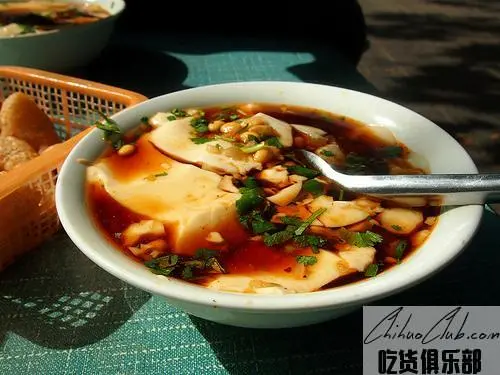
Guiyuan Temple is located in the downtown area where the pilgrims gather, and the surrounding assorted bean curd is also famous. It is made up of fried crispy hazelnuts, cooked glutinous rice, rice paste, various sauces, seasonings and tender tofu brain. The white color is tender, the scorpion is crispy and crispy, and the taste is both delicious and tasty. It was named after the sale of the Guiyuan Temple in Wuhan.

Tujia sesame cake is the slag cake. The history of the slag-burning cake can be traced back to the Spring and Autumn Period and the Warring States Period. The tribes of the Enshi Tujia, located in the Chu State, became the tributes of the Tujia savory tribute to the Chu King, and were received by the Chu King and the palace ministers. Great appreciation and preference, is a traditional tribute of the Tujia people. This sesame seed cake has become an indispensable food for the Enshi Tujia and Miao people.